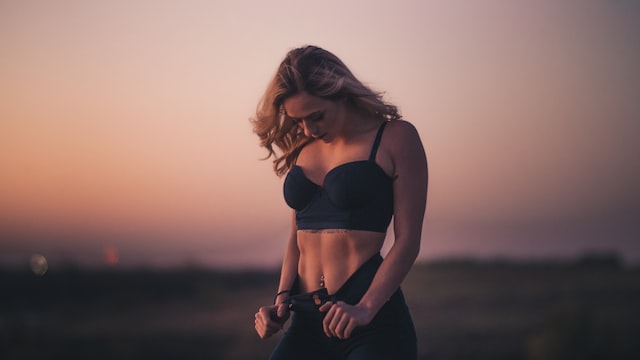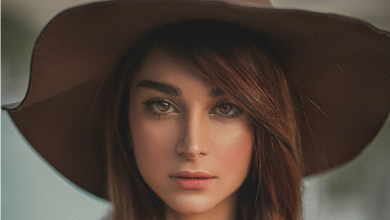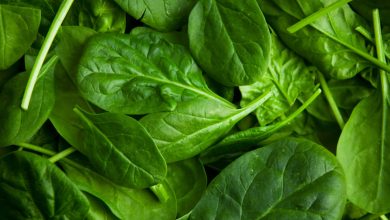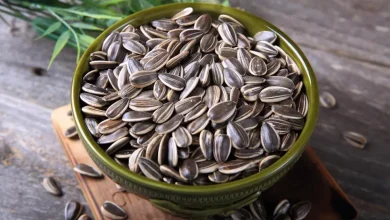What is Beauty?
Beauty is a subjective concept that can be defined differently depending on cultural, personal, and individual perspectives. Generally, beauty refers to the quality or feature of something that pleases the senses or the mind. It can refer to physical appearances, such as the attractiveness of a person’s face or body, or it can refer to non-physical attributes, such as the beauty of a piece of art or a musical composition.

However, it’s important to note that beauty is subjective, and what one person finds beautiful may not be the same as what another person finds beautiful. Beauty is often influenced by cultural and societal norms, personal preferences, and individual experiences. Ultimately, beauty is a complex and multifaceted concept that can be difficult to define and understand.
Types of Beauty
- Physical Beauty
- Inner Beauty
- Cultural Beauty
- Artistic Beauty
- Natural Beauty
- Spiritual Beauty
Physical Beauty
Physical beauty refers to the aesthetic qualities of a person’s physical appearance, including their facial features, body shape, and overall appearance. Physical beauty is often associated with symmetry, proportion, and harmony, as well as other traits that are considered attractive, such as clear skin, healthy hair, and a well-proportioned body.

Physical beauty is often subject to cultural and societal norms, which can vary widely across different regions and time periods. While there are some features that are generally considered attractive, such as clear skin and a symmetrical face, individual preferences and tastes can also play a significant role in determining what is considered physically beautiful.
It’s important to note that physical beauty is just one aspect of a person’s overall appearance and identity, and that other types of beauty, such as inner beauty, cultural beauty, and intellectual beauty, are also important and valued in many cultures.
Inner Beauty
Inner beauty refers to the qualities of a person’s character and personality that are considered positive, such as kindness, compassion, empathy, integrity, and a sense of humor. Inner beauty is often seen as more important than physical beauty, as it reflects a person’s inner values and ethics, rather than their external appearance.
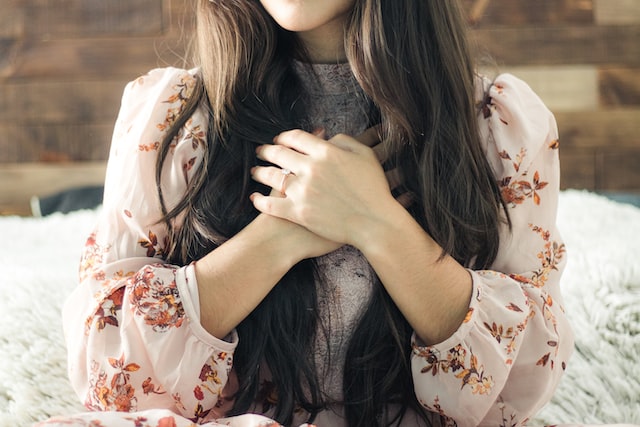
Inner beauty is often associated with traits such as generosity, gratitude, patience, and a positive outlook on life. These qualities can help to make a person more attractive and likable, as well as more likely to form meaningful relationships with others.
Cultural Beauty
Cultural beauty refers to the aesthetic standards of beauty that are specific to a particular culture or society. These standards can include clothing, jewelry, hairstyles, makeup, and other forms of adornment that are considered attractive and desirable within a given cultural context.
Cultural beauty standards can vary widely across different regions and time periods and are often influenced by factors such as history, religion, social norms, and economic conditions. For example, in some cultures, fair skin may be seen as a sign of beauty and prestige, while in others, darker skin tones may be considered more attractive.

Cultural beauty can also be expressed through the arts, including dance, music, and visual arts. For example, certain styles of dance or music may be associated with specific cultural traditions and may be considered more beautiful or meaningful within that cultural context.
Artistic Beauty
Artistic beauty refers to the aesthetic qualities of works of art, including paintings, sculptures, literature, music, and other forms of creative expression. Artistic beauty can be subjective and can vary widely depending on individual tastes and preferences.
Artistic beauty is often associated with qualities such as creativity, originality, skill, and emotional impact. A work of art may be considered beautiful if it elicits a strong emotional response in the viewer or listener, or if it demonstrates a high level of technical proficiency or artistic innovation.

Artistic beauty can also be influenced by cultural and historical contexts. For example, certain styles of art may be more highly valued in certain cultures or time periods, while other styles may be seen as less important or even controversial.
It’s important to note that artistic beauty is not always easy to define or measure, and that individual preferences and opinions can play a significant role in determining what is considered beautiful in art. Nonetheless, artistic beauty can have a powerful impact on individuals and societies, inspiring creativity, reflection, and emotional connection.
Natural Beauty
Natural beauty refers to the inherent aesthetic qualities of the natural world, including landscapes, animals, plants, and other elements of the environment. Natural beauty is often associated with qualities such as harmony, balance, and diversity, as well as the processes of growth and decay that are inherent in the natural world.
Natural beauty can be found in a variety of contexts, including wilderness areas, parks, gardens, and other outdoor environments. It can also be experienced through activities such as hiking, camping, and birdwatching, which allow individuals to connect with and appreciate the natural world on a deeper level.
Natural beauty is often seen as a source of inspiration, tranquility, and awe, and can have a profound impact on human well-being and mental health. Studies have shown that exposure to natural beauty can reduce stress, improve mood, and increase feelings of happiness and well-being.

It’s important to note that natural beauty is not always pristine or untouched, and can be influenced by human activities such as pollution, deforestation, and climate change. As such, it’s important to take steps to protect and preserve the natural beauty for future generations to enjoy.
Intellectual Beauty
Intellectual beauty refers to the aesthetic qualities of intellectual pursuits, including philosophy, science, mathematics, and other forms of knowledge and inquiry. Intellectual beauty is often associated with qualities such as clarity, elegance, simplicity, and coherence, as well as the ability to illuminate complex ideas and concepts in a way that is accessible and engaging.
Intellectual beauty can be found in a variety of contexts, including books, lectures, research papers, and other forms of scholarly communication. It can also be experienced through intellectual discussions and debates, which allow individuals to explore and appreciate different perspectives and ideas.
Intellectual beauty is often seen as a source of enlightenment, empowerment, and creativity, and can have a profound impact on human understanding and progress. It can also be a source of personal fulfillment and satisfaction, as individuals engage with ideas and concepts that are meaningful and intellectually stimulating to them.
Spiritual Beauty
Spiritual beauty refers to the aesthetic qualities of spiritual or religious practices and beliefs, including meditation, prayer, ritual, and other forms of spiritual expression. Spiritual beauty is often associated with qualities such as transcendence, harmony, peace, and compassion, as well as the ability to connect with a higher power or sense of purpose.
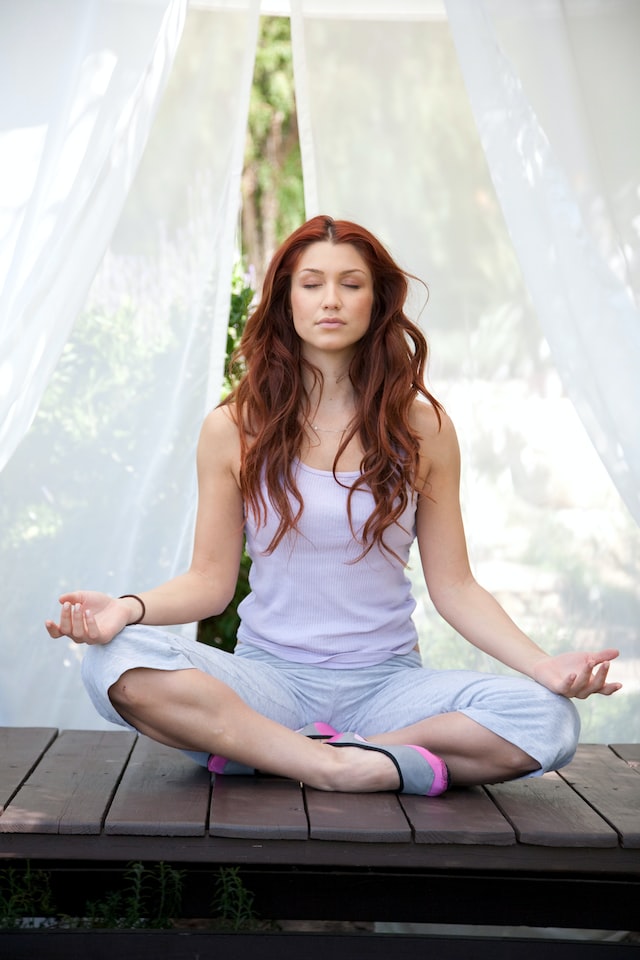
Spiritual beauty can be found in a variety of contexts, including religious traditions and practices, as well as personal spiritual practices such as meditation and mindfulness. It can also be experienced through the natural world, which is often seen as a manifestation of the divine or spiritual realm.
Spiritual beauty is often seen as a source of inner peace, comfort, and guidance, and can have a profound impact on human spirituality and well-being. It can also be a source of inspiration and motivation for individuals to engage in acts of service, compassion, and altruism, as they seek to embody the values and ideals of their spiritual beliefs.
Type of human beauty
- Clear youthful skin
- Soft, Relaxed Skin
- Active, Textured Skin
- Porcelain, Still Skin
Clear youthful skin
Clear youthful skin typically refers to skin that is free of blemishes, dark spots, and wrinkles and has an overall smooth and radiant appearance. It is often associated with youthfulness because as we age, our skin tends to lose elasticity, become thinner, and show signs of wear and tear.
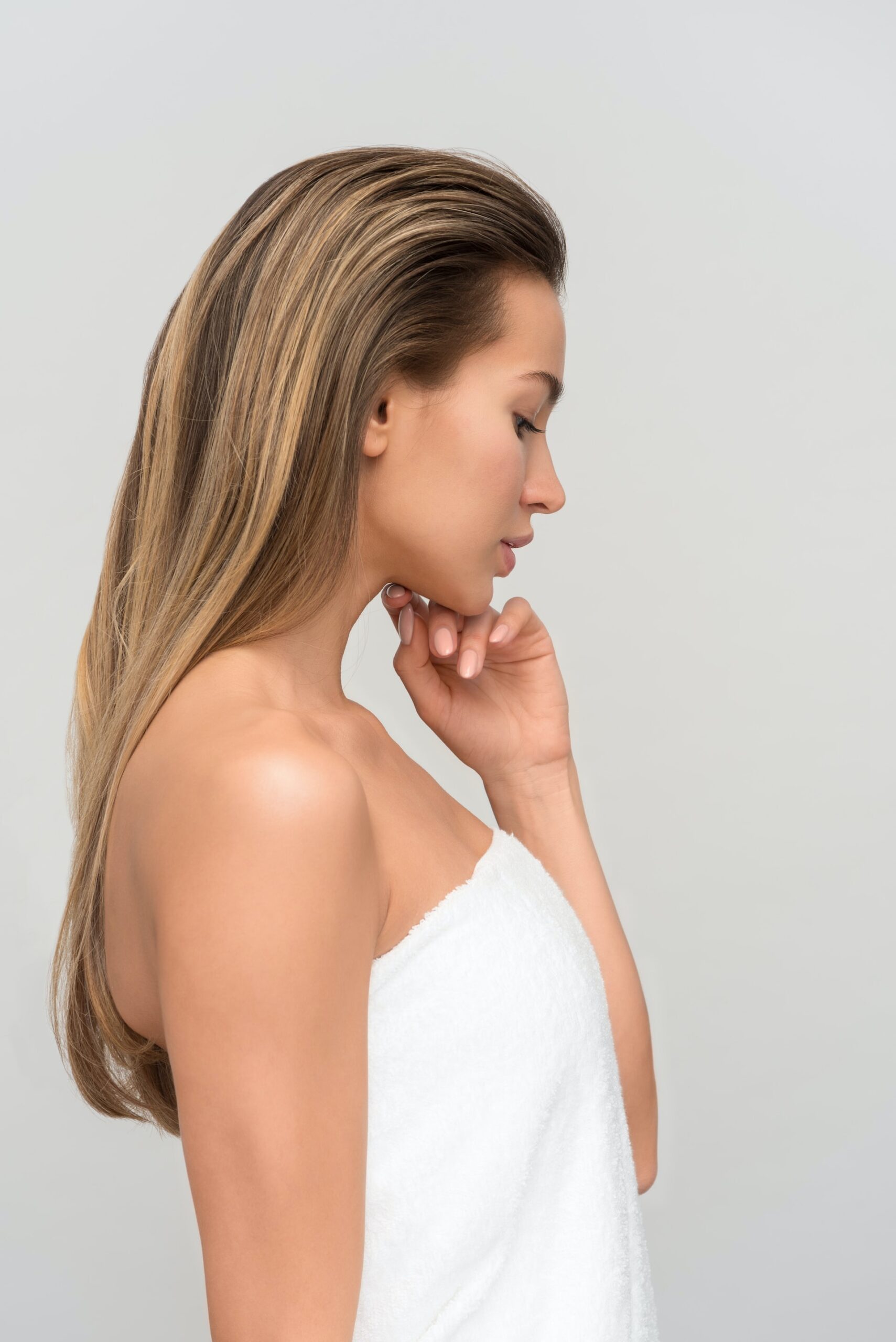 Clear youthful skin is usually achieved through a combination of healthy habits and skincare routines. Some of these habits include drinking plenty of water, eating a healthy and balanced diet, avoiding smoking and excessive alcohol consumption, and getting regular exercise and enough sleep. Additionally, using quality skincare products and following a daily skincare routine can help maintain clear, youthful skin.
Clear youthful skin is usually achieved through a combination of healthy habits and skincare routines. Some of these habits include drinking plenty of water, eating a healthy and balanced diet, avoiding smoking and excessive alcohol consumption, and getting regular exercise and enough sleep. Additionally, using quality skincare products and following a daily skincare routine can help maintain clear, youthful skin.
Skincare products that can help maintain clear, youthful skin include cleansers, toners, moisturizers, and sunscreens. These products should be chosen based on your skin type and concerns. For example, if you have oily skin, you may want to choose a cleanser that helps control oil production, while if you have dry skin, you may want to choose a moisturizer that provides deep hydration.
Soft, Relaxed Skin
Soft, relaxed skin is skin that feels smooth, supple, and plump to the touch. This type of skin is often associated with a healthy and well-nourished complexion. The softness of the skin is determined by its moisture content, elasticity, and overall health.
To achieve and maintain soft, relaxed skin, it is important to follow a skincare routine that includes gentle cleansing, regular exfoliation, and moisturization. Gentle cleansing helps to remove dirt and impurities from the skin without stripping it of its natural oils. Regular exfoliation helps to slough off dead skin cells, which can make the skin appear dull and dry. Moisturizing the skin helps to lock in moisture, which keeps it hydrated and plump.
In addition to a skincare routine, there are other lifestyle factors that can contribute to soft, relaxed skin. These include staying hydrated by drinking plenty of water, getting enough sleep, eating a healthy and balanced diet, avoiding excessive sun exposure, and reducing stress levels.
There are also certain ingredients that are known to help improve the softness and texture of the skin. These include hyaluronic acid, glycerin, shea butter, and ceramides. When choosing skincare products, look for these ingredients in the ingredient list to help improve the softness and suppleness of your skin.
Active, Textured Skin
Active, textured skin is skin that appears to have a rough or uneven texture, often due to the presence of acne, scars, or hyperpigmentation. This type of skin may also appear oily or shiny, and it may be prone to breakouts.
To improve the appearance of active, textured skin, it is important to follow a skincare routine that includes gentle cleansing, exfoliation, and the use of targeted skincare products. Gentle cleansing helps to remove dirt and impurities without stripping the skin of its natural oils. Exfoliation helps to remove dead skin cells and improve skin texture, but it should be done with care to avoid irritation.
Targeted skincare products can also help to improve the appearance of active, textured skin. For example, products containing salicylic acid or benzyl peroxide can help to reduce the appearance of acne and prevent future breakouts. Products containing niacin amide or vitamin C can help to reduce hyperpigmentation and improve skin texture.
Porcelain, Still Skin
Porcelain, still skin is a term used to describe skin that appears smooth, clear, and even-toned, often with a pale or milky complexion. This type of skin is typically associated with a youthful and delicate appearance.
To achieve and maintain porcelain, still skin, it is important to follow a skincare routine that includes gentle cleansing, exfoliation, and moisturization. Gentle cleansing helps to remove dirt and impurities from the skin without stripping it of its natural oils. Exfoliation helps to remove dead skin cells and improve skin texture, but it should be done with care to avoid irritation. Moisturizing the skin helps to keep it hydrated and plump.
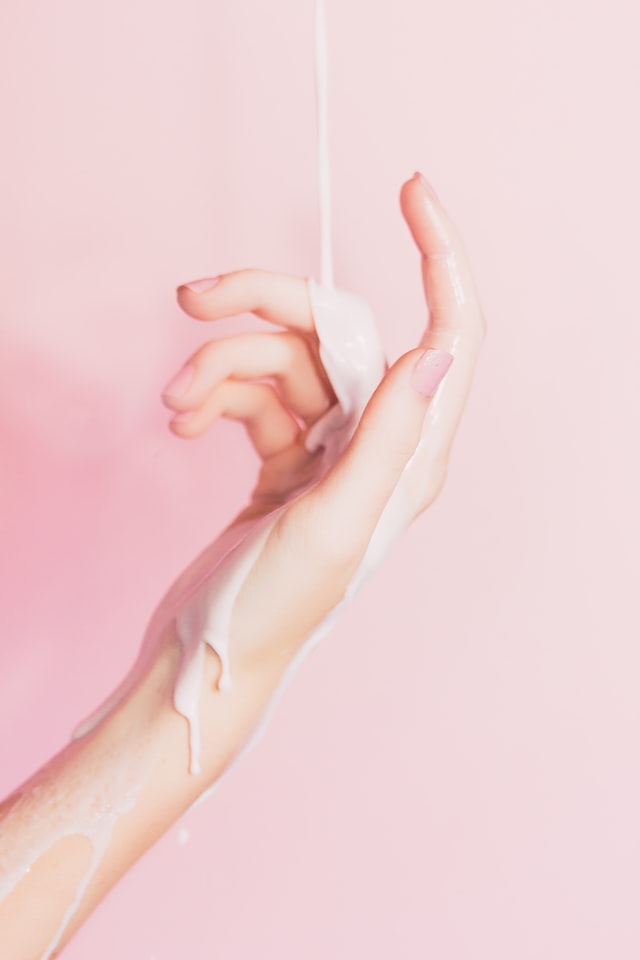
In addition to a skincare routine, there are other lifestyle factors that can contribute to porcelain, still skin. These include staying hydrated by drinking plenty of water, eating a healthy and balanced diet, avoiding excessive sun exposure, reducing stress levels, and avoiding smoking and excessive alcohol consumption.
Beauty Categories
- Skin care
- Hair care
- Make-up
- Perfumes
- Toiletries
- Oral cosmetics
Skincare

Skincare is a category of cosmetic products that are designed to help maintain and improve the health and appearance of the skin. These products are used to cleanse, moisturize, protect, and treat the skin.
Skin care products can be used for a variety of purposes, including:
- Cleansing: Skin cleansers are used to remove dirt, oil, and makeup from the skin. Cleansers can be in the form of gels, foams, creams, or lotions.
- Moisturizing: Moisturizers are used to hydrate the skin and prevent dryness. These products can be in the form of creams, lotions, or serums.
- Sun protection: Sunscreens are used to protect the skin from the harmful effects of the sun’s UV rays. These products can be in the form of lotions, sprays, or powders.
- Anti-aging: Anti-aging products are designed to reduce the appearance of fine lines, wrinkles, and other signs of aging. These products can be in the form of creams, serums, or masks.
- Acne treatment: Acne treatments are used to help clear up acne breakouts and prevent future breakouts. These products can be in the form of cleansers, toners, spot treatments, or masks.
- Skin brightening: Skin brightening products are used to improve the appearance of uneven skin tone, dark spots, and hyperpigmentation. These products can be in the form of serums, creams, or masks.
Overall, skin care products are an important part of a daily routine to maintain healthy and radiant skin. It is important to choose products that are appropriate for your skin type and concerns.
Hair care
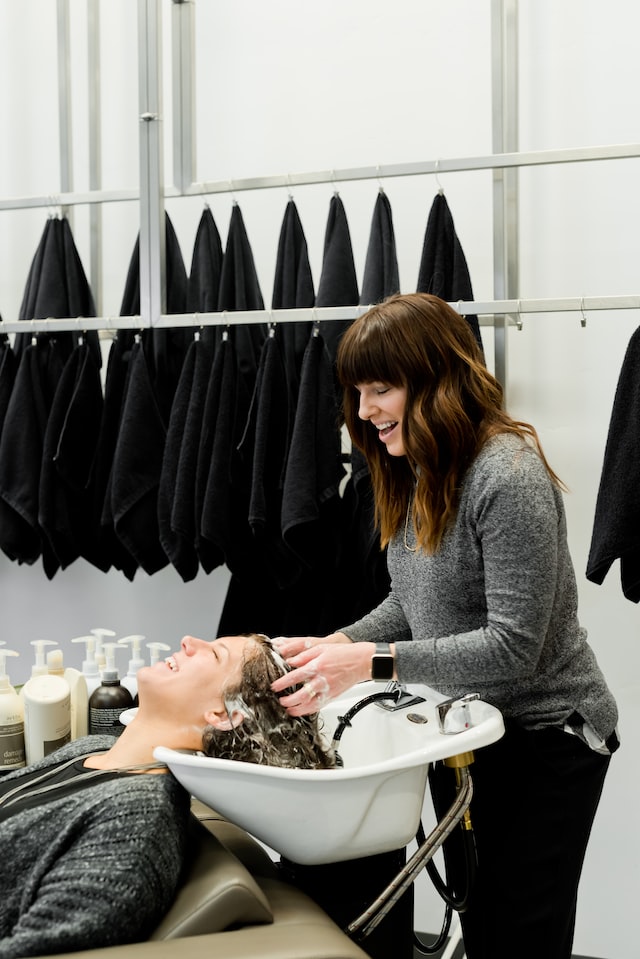
Hair care is a category of cosmetic products that are designed to help maintain and improve the health and appearance of hair. These products are used to cleanse, condition, nourish, and style the hair.
Hair care products can be used for a variety of purposes, including:
- Cleansing: Shampoos are used to remove dirt, oil, and product buildup from the hair and scalp. These products can be in the form of liquids, creams, or bars.
- Conditioning: Conditioners are used to hydrate and detangle the hair, making it easier to manage and style. These products can be in the form of creams, sprays, or masks.
- Treatment: Hair treatments are used to address specific hair concerns, such as dryness, damage, or hair loss. These products can be in the form of oils, serums, or masks.
- Styling: Hair styling products are used to create different hairstyles and hold them in place. These products can be in the form of gels, mousses, hairsprays, or pomades.
Make-up
Makeup is a type of cosmetic product that is designed to enhance a person’s appearance or alter their natural features. It is typically applied to the face, but can also be applied to other parts of the body, such as the eyes, lips, and nails.
Makeup products come in many different forms, including liquid, cream, powder, and pencil. They can be used to achieve a variety of different looks, ranging from natural and subtle to bold and dramatic.
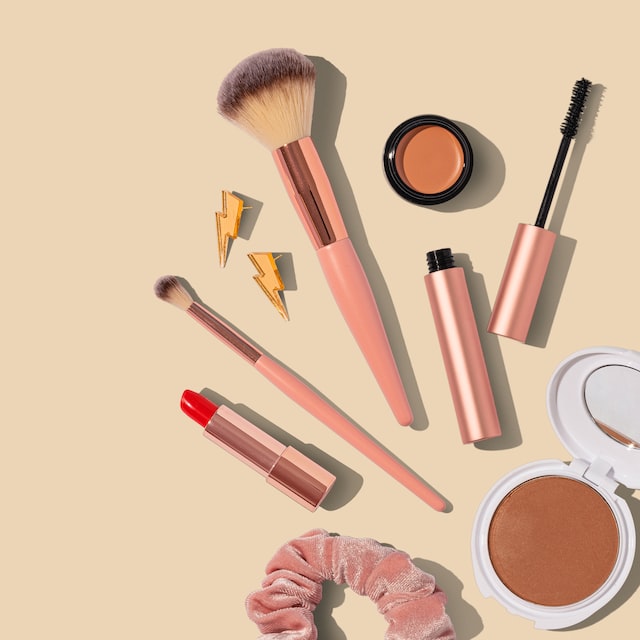
Some common types of makeup products include:
- Foundation – used to create an even, uniform base on the skin
- Concealer – used to cover up blemishes, dark circles, and other imperfections
- Blush – used to add color to the cheeks and create a healthy, youthful glow
- Eye shadow – used to add color and definition to the eyelids
- Eyeliner – used to define the eyes and create a variety of different looks
- Mascara – used to darken, thicken, and lengthen the eyelashes
- Lipstick – used to add color and moisture to the lips
- Nail polish – used to add color and shine to the nails.
Perfumes
Perfume is a fragranced liquid that is typically applied to the skin or clothing to create a pleasant scent. It is a type of cosmetic product that is designed to enhance a person’s personal fragrance and leave a lasting impression.
Perfumes are made up of a blend of different fragrant oils, which are usually derived from flowers, fruits, spices, and other natural sources. These oils are mixed with alcohol and other solvents to create a fragrant liquid that can be sprayed or dabbed onto the skin.
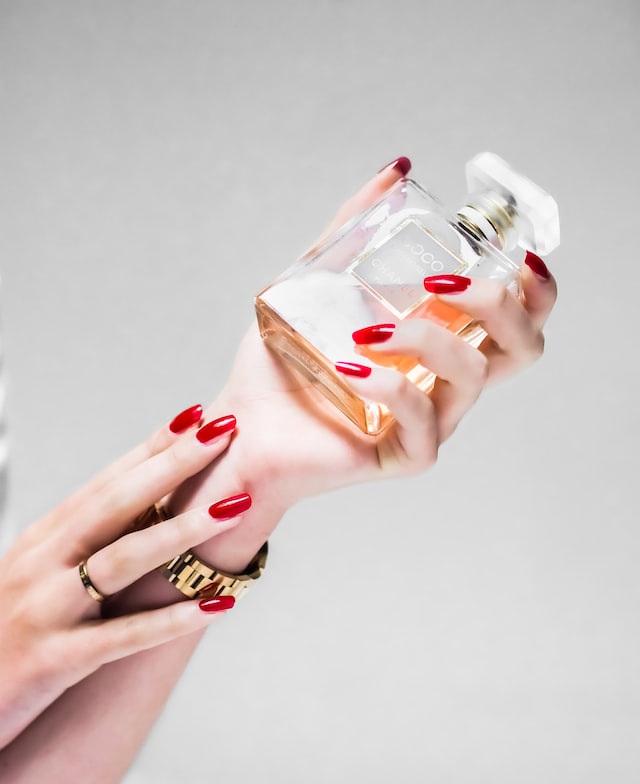
There are several different types of perfumes, including eau de parfum, eau de toilette, and eau de cologne. Eau de parfum is the strongest and most concentrated type of perfume, while eau de cologne is the lightest and least concentrated.
Perfumes are available in a wide variety of scents, ranging from floral and fruity to spicy and musky. Some of the most popular fragrance families include floral, citrus, oriental, and woody.
Toiletries
Toiletries are personal care products that are used for hygiene and grooming purposes. They include a wide range of products such as soaps, shampoos, conditioners, toothpaste, mouthwash, and body wash. These products are essential for maintaining good personal hygiene and keeping the body clean and healthy.
Deodorants are a type of toiletry product that is used to control body odor. They typically come in the form of a spray, roll-on, or stick and are applied directly to the underarms. Deodorants work by neutralizing the odor-causing bacteria that grow on the skin and by masking any remaining odor with a pleasant fragrance.
Antiperspirants are a type of deodorant that also helps to reduce sweat production. They contain aluminum-based compounds that work by blocking the sweat glands, thereby reducing the amount of sweat that is produced. Antiperspirants are often marketed as a more effective option for controlling body odor, especially for those who sweat excessively.
Oral cosmetics
Oral cosmetics are a category of cosmetic products that are used to improve the appearance and health of the teeth and mouth. These products include toothpaste, mouthwash, teeth whitening products, and dental floss.
Toothpaste is a type of oral cosmetic that is used to clean the teeth and freshen the breath. It typically contains fluoride, which helps to strengthen the tooth enamel and prevent cavities. Toothpaste may also contain other ingredients, such as baking soda, to help remove stains and improve the appearance of the teeth.
Mouthwash is a liquid oral cosmetic that is used to freshen the breath and kill bacteria in the mouth. It is typically used after brushing and flossing to provide an extra layer of protection against cavities and gum disease.
Teeth whitening products are a type of oral cosmetic that is used to lighten the color of the teeth. These products may include toothpaste, gels, strips, or trays that contain bleaching agents such as hydrogen peroxide or carbamide peroxide. Teeth whitening products are a popular option for those who want to improve the appearance of their smile.
Dental floss is a thin thread-like material that is used to remove food particles and plaque from between the teeth. It is an important tool for maintaining good oral hygiene and preventing cavities and gum disease.
Type of a faces
It is important to note that beauty is subjective, and what one person finds beautiful may not be the same for another.
However, there are certain facial features that are commonly associated with a beautiful face.
- Symmetrical facial features: A symmetrical face is often considered beautiful as it is seen as a sign of good genetic health.
- Smooth, clear skin: Healthy and glowing skin is another feature that is associated with beauty. A clear and smooth complexion can enhance the overall appearance of the face.
- Well-proportioned features: Facial features that are well-balanced and in proportion to each other can create a harmonious and aesthetically pleasing face.
- Bright, alert eyes: Eyes that are bright and clear can make the face look more attractive and lively.
- Full, defined lips: Lips that are full and well-defined are often considered attractive and can enhance the overall appearance of the face.
- Defined cheekbones: Well-defined cheekbones can create a more angular and sculpted look to the face.
- Straight, well-proportioned nose: A nose that is straight and proportionate to the rest of the facial features can enhance the overall appearance of the face.
- Well-defined jawline: A strong and well-defined jawline can create a more angular and chiseled look to the face, which is often considered attractive.
Skin Types
- Normal skin
- Dry skin
- Oily skin
- Combination skin
- Sensitive skin
Detail
- Normal Skin: This is the most common skin type, where the skin is well-balanced, with a good oil-water balance, and is neither too dry nor too oily. Normal skin has small pores, a smooth texture, and an even complexion.
- Dry Skin: Dry skin lacks oil and moisture, making it appear dull, flaky, and rough. It may feel tight and uncomfortable after washing and can be prone to fine lines and wrinkles.
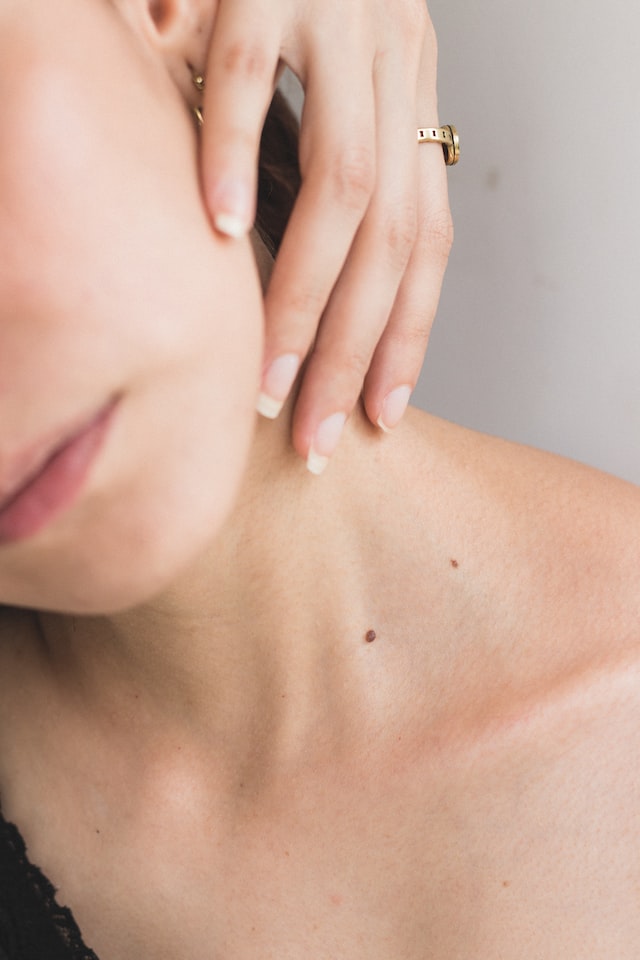
- Oily Skin: Oily skin produces excess oil, resulting in a shiny appearance and enlarged pores. It can be prone to acne and breakouts due to excess sebum production.
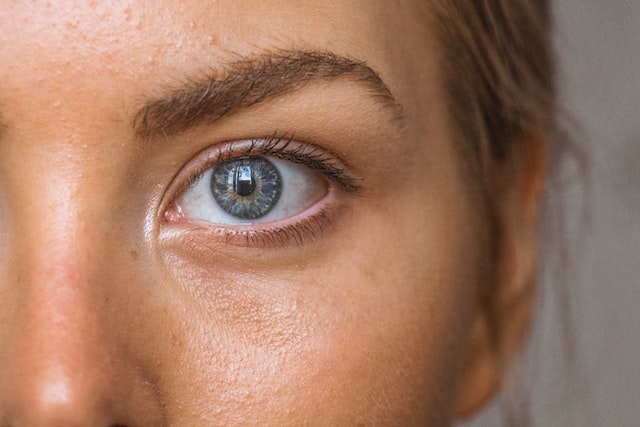
- Combination Skin: A combination skin is a mix of oily and dry skin, where some areas of the face are oily, while others are dry. The T-zone area (forehead, nose, and chin) is typically oily, while the cheeks and jawline may be dry.
- Sensitive Skin: Sensitive skin is prone to irritation and inflammation, and can be caused by allergies, certain ingredients, or environmental factors. It may appear red, itchy, and dry, and is more susceptible to sunburn.
Woman beauty
Beauty is subjective, and what one person finds beautiful may not be the same for another. However, feminine beauty typically refers to physical features and characteristics that are associated with women and are considered attractive.
Some common physical features that are considered feminine beauty standards include:
- Clear, smooth, and radiant skin
- Symmetrical facial features, such as eyes, nose, and lips
- Full lips and defined jawline
- Bright and expressive eyes
- Long and thick eyelashes
- Long and shiny hair
- Hourglass figure with a small waist and curvy hips
- Soft and smooth skin texture
- Graceful and elegant body movements
- Confidence and self-assurance
What are beauty trends in 2023?
Some of the beauty trends that were popular in 2023 include:
- Skinimalism: A trend towards minimalist skincare routines that focus on natural and simple ingredients.
- Bold Eye Makeup: Bold and colorful eyeshadow looks that include vibrant hues and graphic shapes.
- Face Yoga: A trend towards using facial exercises to tone and sculpt the facial muscles for a more youthful appearance.
- Glossy Lips: A trend towards glossy and shiny lip products, including lip gloss and lip oils.
- Hair Accessories: The use of hair accessories such as headbands, hair clips, and barrettes to add interest and style to hairstyles.
- Skin Protection: A trend towards using skincare products that protect the skin from environmental stressors, such as pollution and UV rays.
- Natural Brows: A trend towards embracing the natural shape of eyebrows, rather than over-plucking or shaping them to a specific trend.
- Sustainable Beauty: A trend towards using eco-friendly and sustainable beauty products, including packaging and ingredients.
What is clean beauty meaning?
Clean beauty is a term used to describe beauty products that are formulated with ingredients that are considered to be safe and non-toxic to humans and the environment. These products typically exclude ingredients that are believed to be harmful or questionable, such as parabens, sulfates, synthetic fragrances, and certain chemicals.
Clean beauty products often use natural or organic ingredients, and some brands may also prioritize sustainability and ethical sourcing. However, it’s important to note that not all natural or organic ingredients are automatically considered safe, and some synthetic ingredients may actually be safe and beneficial.
The clean beauty movement has gained popularity in recent years as consumers have become more interested in knowing what ingredients are in their products and the impact that these products have on the environment. However, the term “clean” is not regulated by any governing body, and there is no universal definition of what constitutes a “clean” beauty product. As a result, it’s up to the consumer to read labels and research products to determine what is best for their needs and preferences.


